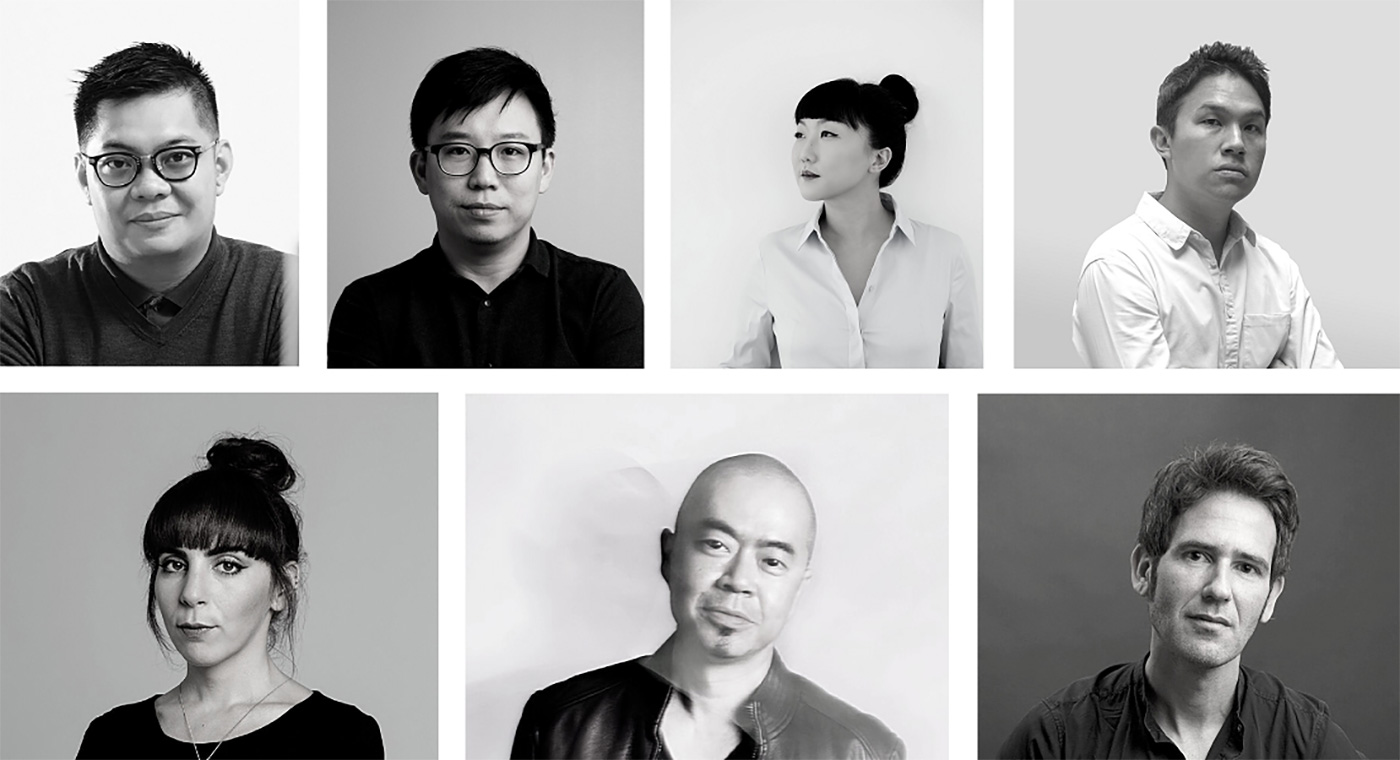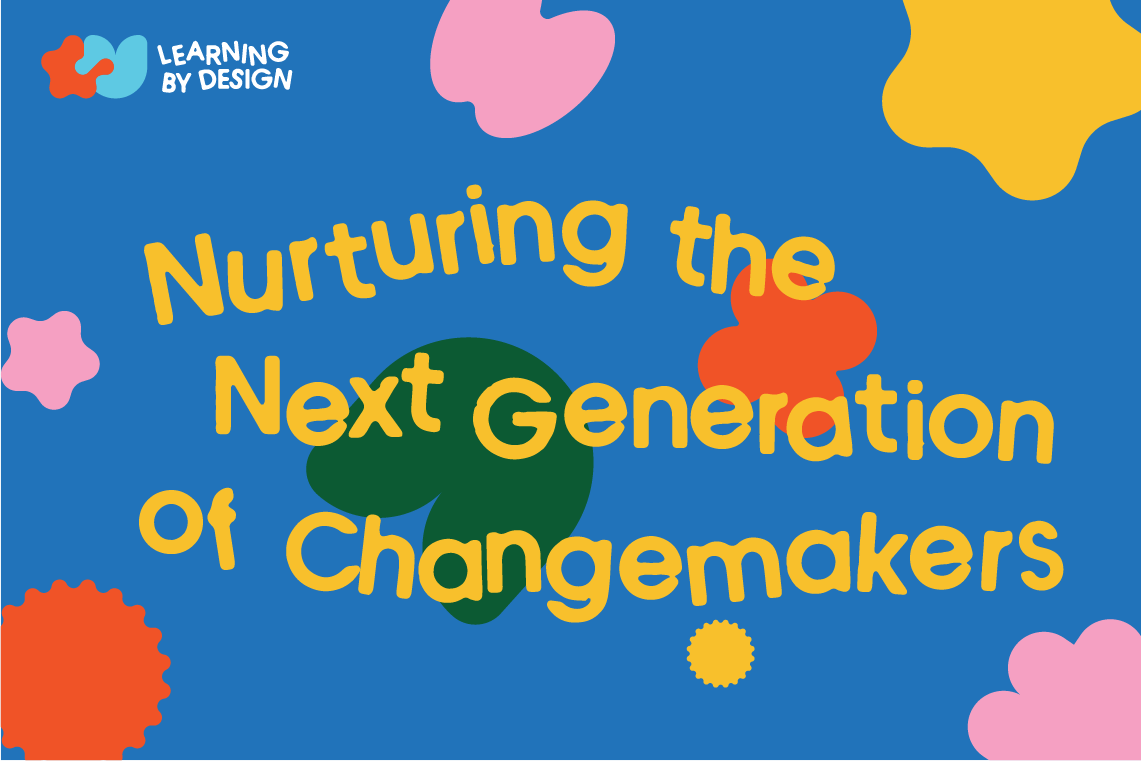In Singapore: Designer Nation
Designers are fundamental to Singapore’s vision of creating a ‘smart nation’ – newdesign profiles a magnificent seven.
Throughout Singapore’s modern national development, Singapore design can best be characterised as a mindset; one that is determinedly focused on improving quality of life. The following are highlights from a selection of stories by designers in Singapore, and their projects along various themes that have heightened relevance to a world affected by COVID-19.
Donn Koh | Co-founder of STUCK Design
Design today needs to play more with possibilities. I find the emergence of the terms and practices of UX research, Service Design, and Design Thinking to be important and diligent – but I can’t help feeling that these are overshadowing and creating a rather dismissive attitude towards a needed role of designers – to be imaginative, playful, and explorative. To find new possibilities instead of just finding problems to solve.

So it is not so much about using technology to navigate the future, but rather, I think we’ve had a future-forward, change-embracing mindset that has been helpful for us in being ready to navigate the recent happenings.

Donn Koh, Co-Founder, STUCK Design
My team and I have always dabbled with technology, and we also entertain utopian/dystopian visions of the way the world and work will shift, as part of how we forecast design solutions – so on some level, we are not so surprised. The things we’ve long been fiddling with – like trying out digital collaboration tools, fussing with microphones and cameras, webinar software and making videos, and experimenting with new modes of employment, work structures, flexible arrangements, and new business models – all these seemed frivolous or alien to many people, until now.
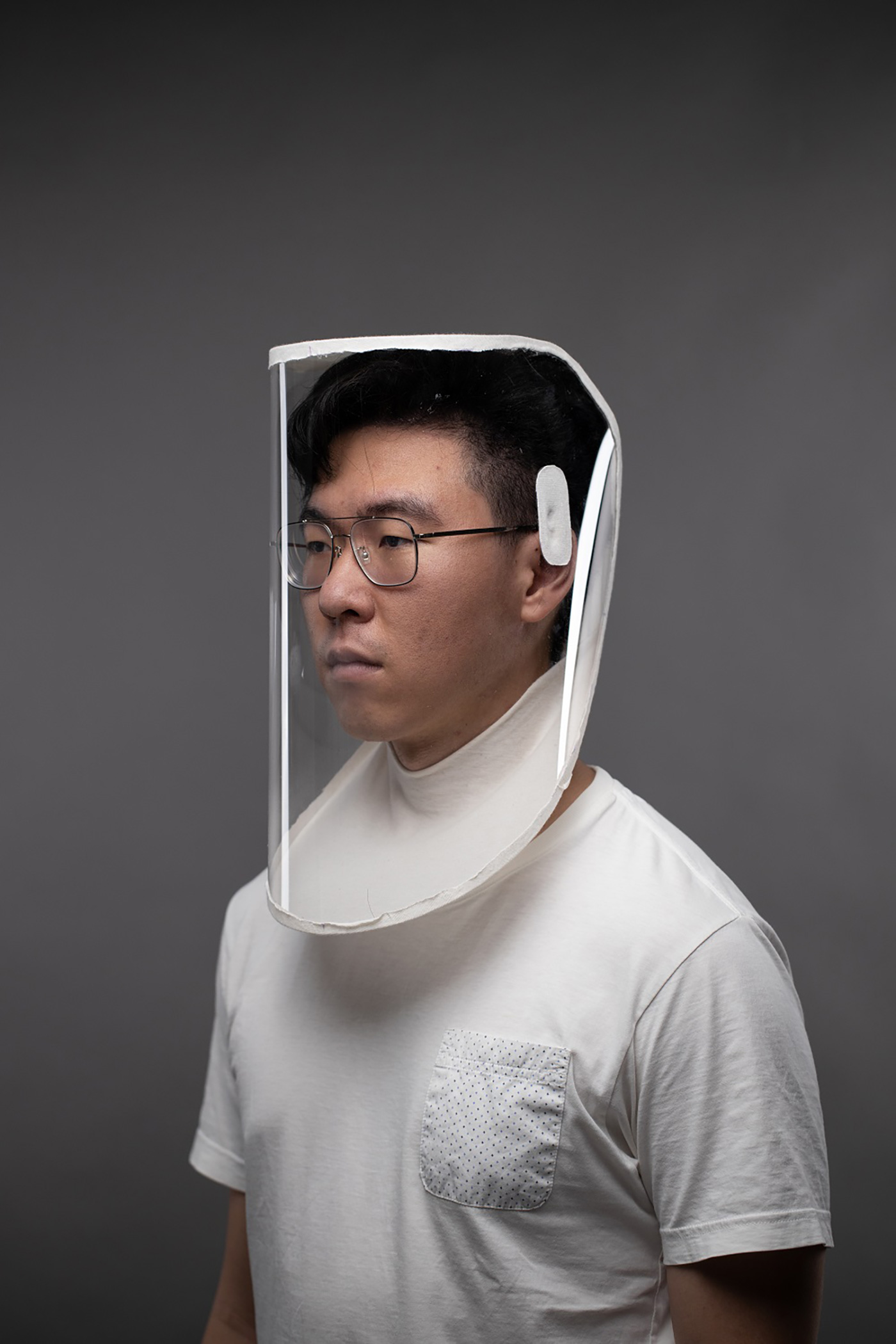
Now it seems like we were prepared for this and rehearsed it many times. So it is not so much about using technology to navigate the future, but rather, I think we’ve had a future-forward, change-embracing mindset that has been helpful for us in being ready to navigate the recent happenings. I believe this openess, willingness to try things and keeping a lookout for trends and being change-aware, is the real ‘technology’ behind being able to navigate futures.
Let’s go back to being bold to dream and invent. Let’s look at possibilities while we look at problems to solve. Solving problems is one, but not the sole legitimate justification for creative work.
Olivia Lee | Designer and Founder of Olivia Lee Studio
The priorities of the world have now been disrupted at a high cost to those most vulnerable. As a design practitioner and educator, I take this period of uncertainty as an opportunity to consolidate and reflect on design’s place in this crisis. There have been valiant efforts to create stop-gap measures through design, such as the 3D-printed adaptors and valves that temporarily scaled up ventilator capacity in hospitals.
However, in a rush to stay relevant, there have also been less well-thought-out design proposals that verge on self-promotion and opportunism. Gratifying as it may be to provide half-baked design suggestions for today’s medical frontlines, perhaps the more noble and less glamorous thing to do is to start a longer conversation with organisations, institutions and business owners about the future. How do we design for a new normal? How do we use design to make sure we are better prepared for the next pandemic?

Isolating at home, we have been confronted with a more pared down existence. Covid-19 in one way has forced us to re-examine our lifestyles and consumption habits. We have discovered that we can live a lot more simply with less than we thought. I see that as a good thing for design, less appetite for dreck and a higher curation of purchases.
In my view, any notion of design’s impotence or frivolity during this crisis is shortsighted and misplaced. We will be dealing with the ramifications of Covid-19 and its new norm for years to come. We will need design and innovation to support the painful recovery and rebuilding of the global economy. If history has taught us anything, following periods of great upheaval comes leaps and bounds in innovation and creativity — but it will take time and it will be hard.

They say that crisis is the accelerant of change, I see design as giving that change direction.
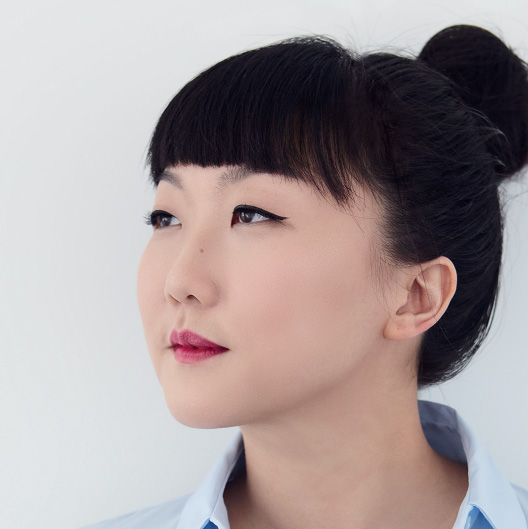
Olivia Lee | Designer and Founder of Olivia Lee Studio
Travel plans have halted and timelines have been delayed, but work at my studio continues. One project I look forward to kicking off this year is with a local manufacturer to art direct a new brand and design a new furniture collection. This is a project that the founder and I have both been passionate about for years and we were scheduled to kick-off this year. Starting a new venture now in the midst of Covid-19 may sound crazy or it may just catalyse some great disruptive thinking. They say that crisis is the accelerant of change, I see design as giving that change direction.
Gabriel Tan | Creative Director of Gabriel Tan Studio
We are living in a time of great uncertainty with the current Covid-19 crisis, but it is certainly also a time of reflection and opportunity. People’s lifestyles and priorities are changing after spending months in lockdown. Analogue in-person experiences could be appreciated even more than ever despite increasingly digital lives.

Much like how the Modernism movement post World War II was a period full of creative energy and innovation, this could be the next great reset for us all.
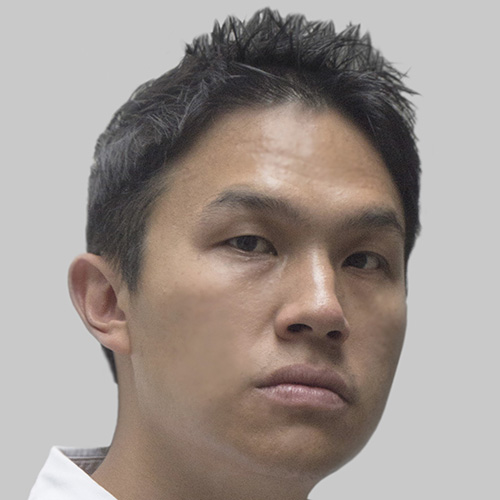
Gabriel Tan | Creative Director of Gabriel Tan Studio
A rejuvenation of home-based activities, as well as a migration of people from urban centres towards the suburbs due to more companies allowing remote working will likely see a shift in focus in the furniture and lighting industries. Office spaces will have to be redesigned to accommodate social distancing while homes may also need to be furnished to enable long-term remote working.

In the past years the interiors industry was more about aesthetic movements and era revivals but Covid-19 and the threat of new pandemics could force the hand of both companies and designers to rethink, challenge and evolve existing furniture, lighting and spatial designs to be equipped to handle this new world. Much like how the Modernism movement post World War II was a period full of creative energy and innovation, this could be the next great reset for us all.
Edwin Low | Founder and Designer of Supermama Store, a design and retail outfit based in Singapore
I think the best adoption of design is when it disappears. When did we last consider and appreciate the benefits of an automobile, or even a chair? Do we take time to appreciate it? Not quite – we just take it for granted. Likewise, I believe the best adoption of technology is when it disappears, when it becomes second nature.

Just as we benefitted from the generations past, let’s hold our nerve, go through this and leave something good for the generations to come.
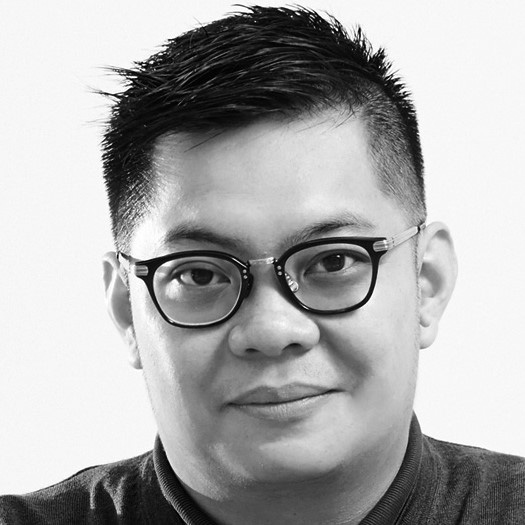
Edwin Low | Founder and Designer of Supermama Store
And it is very much happening now – in communications, transactions etc. Covid-19 is accelerating the pace of technology adoption but yet the craving for a hot cup of coffee with friends had never been more intense! I believe the new norm moves both ways – more tech, more analogue, less junk, less bullshit.
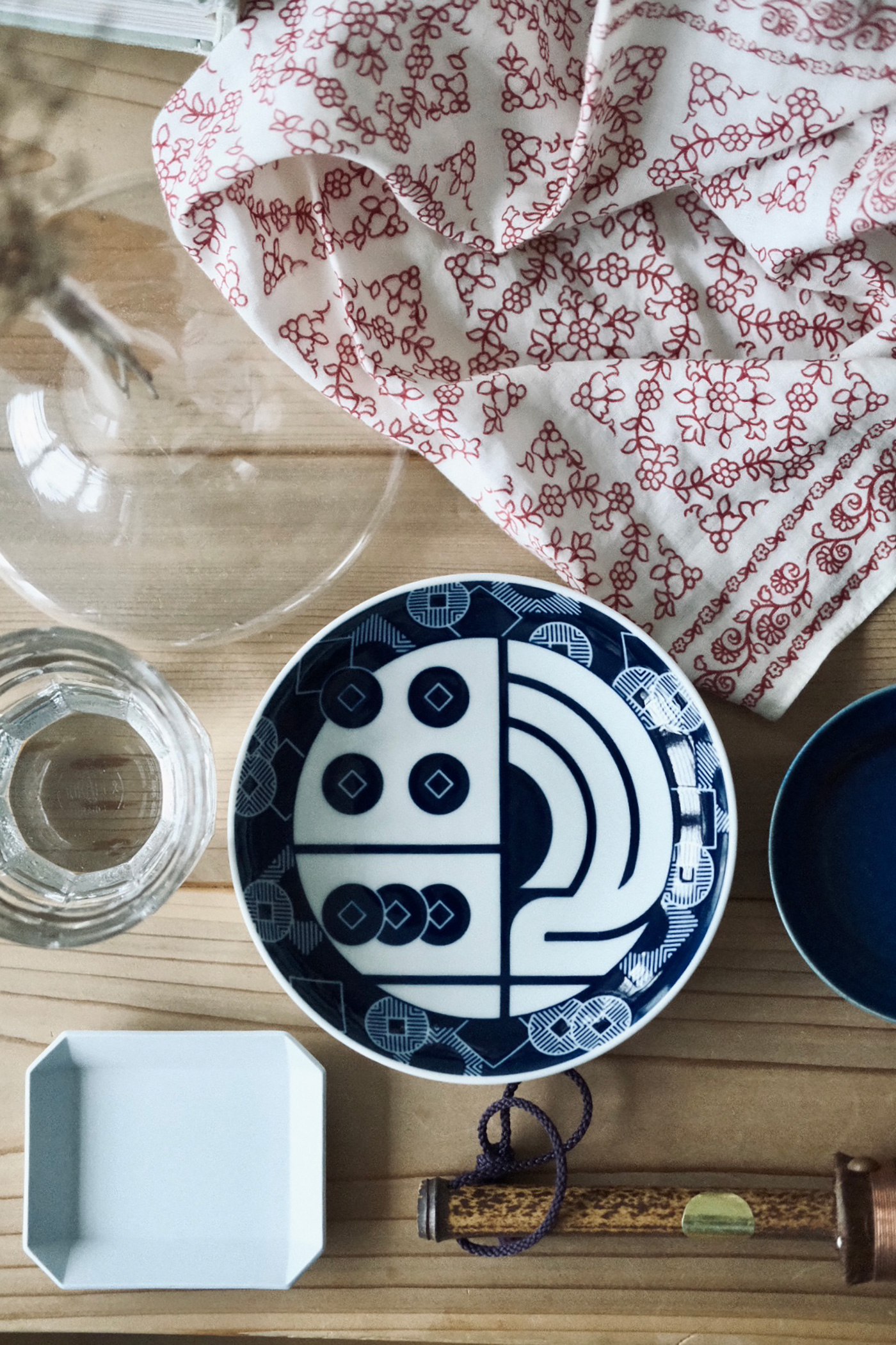
I think this is a huge wake up call. From the individual citizen to large organisations, this time of forced reflection is going to bring about a radical change. We can no longer do retail the same way as before, we can no longer run a university as before. I believe it is time to question our roles and responsibility as citizens of this world. Are we takers or are we givers?
And I’ll conclude with an age old saying – freely receive, freely give. Just as we benefitted from the generations past, let’s hold our nerve, go through this and leave something good for the generations to come.
Colin Seah | Founder and Design Director, Ministry of Design
One obvious observation from the pandemic is our potential for adaptability. If we paired that with the discipline to ponder and reflect before taking action, I think we will be well prepared to define the new normal, whatever it may be.

I think it is too soon…this is not the new normal, simply because the dust has not yet settled and will take some time to do so.
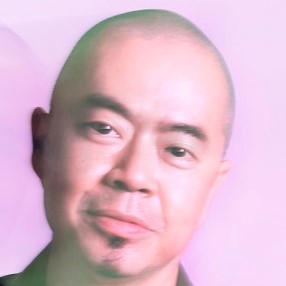
Colin Seah | Founder and Design Director, Ministry of Design
One thing I’ve been wary of is the knee-jerk reactions rippling through the design world, with the industry speculating and declaring what the future of…(anything) will be. I think it is too soon…this is not the new normal, simply because the dust has not yet settled and will take some time to do so. Till then, we can make micro adjustments to adapt to daily life but planning for the next decade is a different matter altogether.
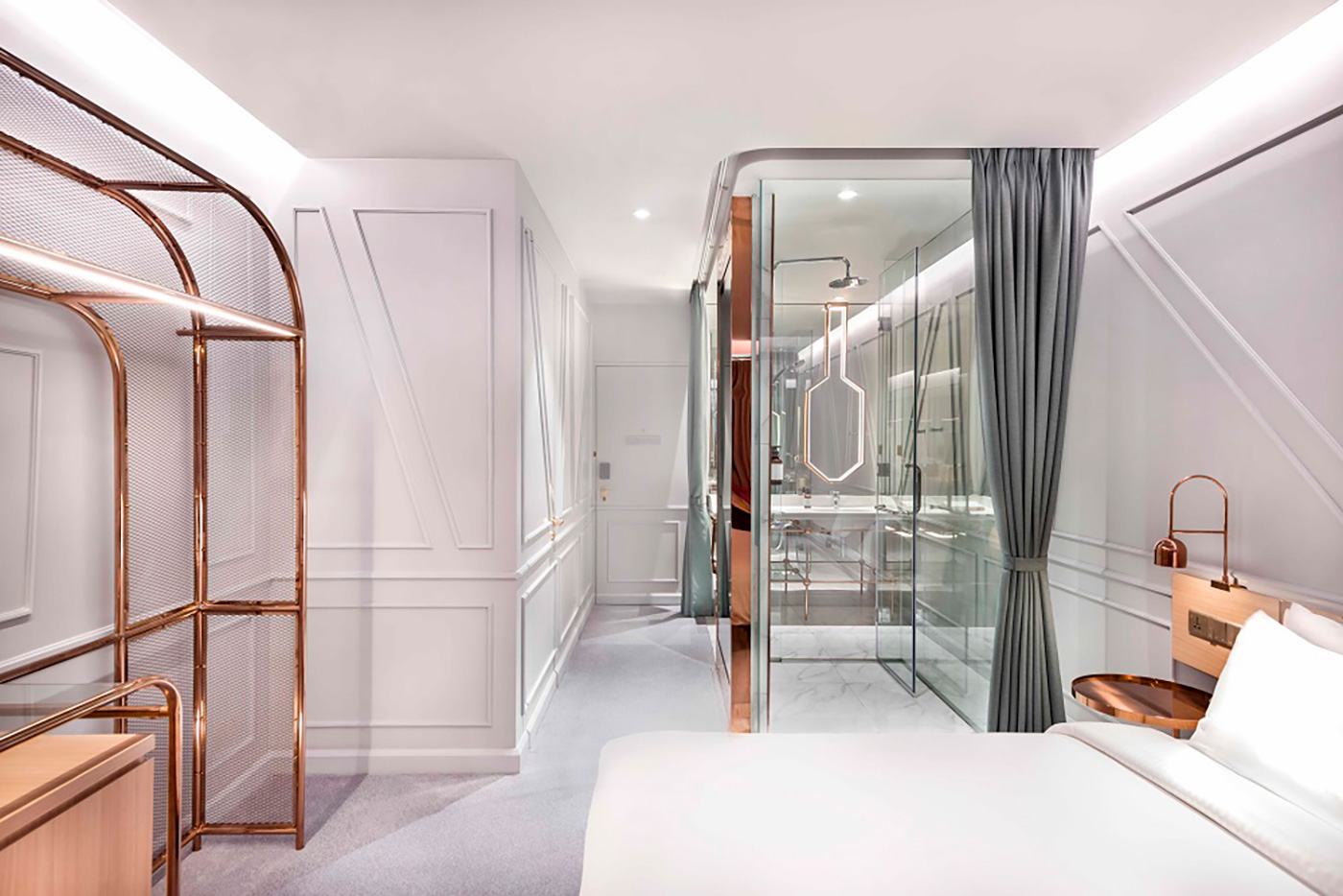
One good thing that has come out of this, has been the reduction of redundant work-based travel… Covid has revealed what is truly necessary versus what is not, and our clients are more open to zoom meetings these days rather than requiring face to face meetings.
Carlos Bañón | Founder of AIRLAB
The novel coronavirus is a human catastrophe that has caused a significant impact on the lives of millions. But we need to remain optimistic and seize opportunities that this pandemic can present. I believe that we can be creative in transitioning to not just a new normal but a better normal.

I believe that we can be creative in transitioning to not just a new normal but a better normal.
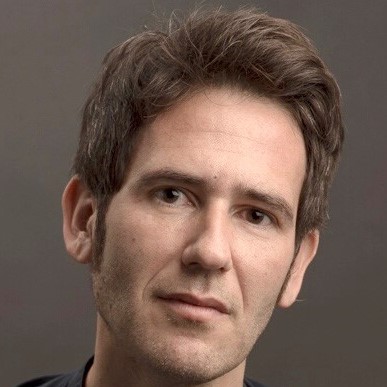
Carlos Bañón | Founder of AIRLAB
Designers from all over the world are joining forces to help cope with this pandemic and to make our world a safer and better one. Technology is facilitating amazing ways to join forces to fight the effects of Covid 19. With digital fabrication and 3D printing many ‘makers’ in the world have contributed to save lives by designing and printing self-protection devices for healthcare workers. Thanks to the adoption of new technologies, a distributed production has been possible by sharing just an STL file of the components to print.
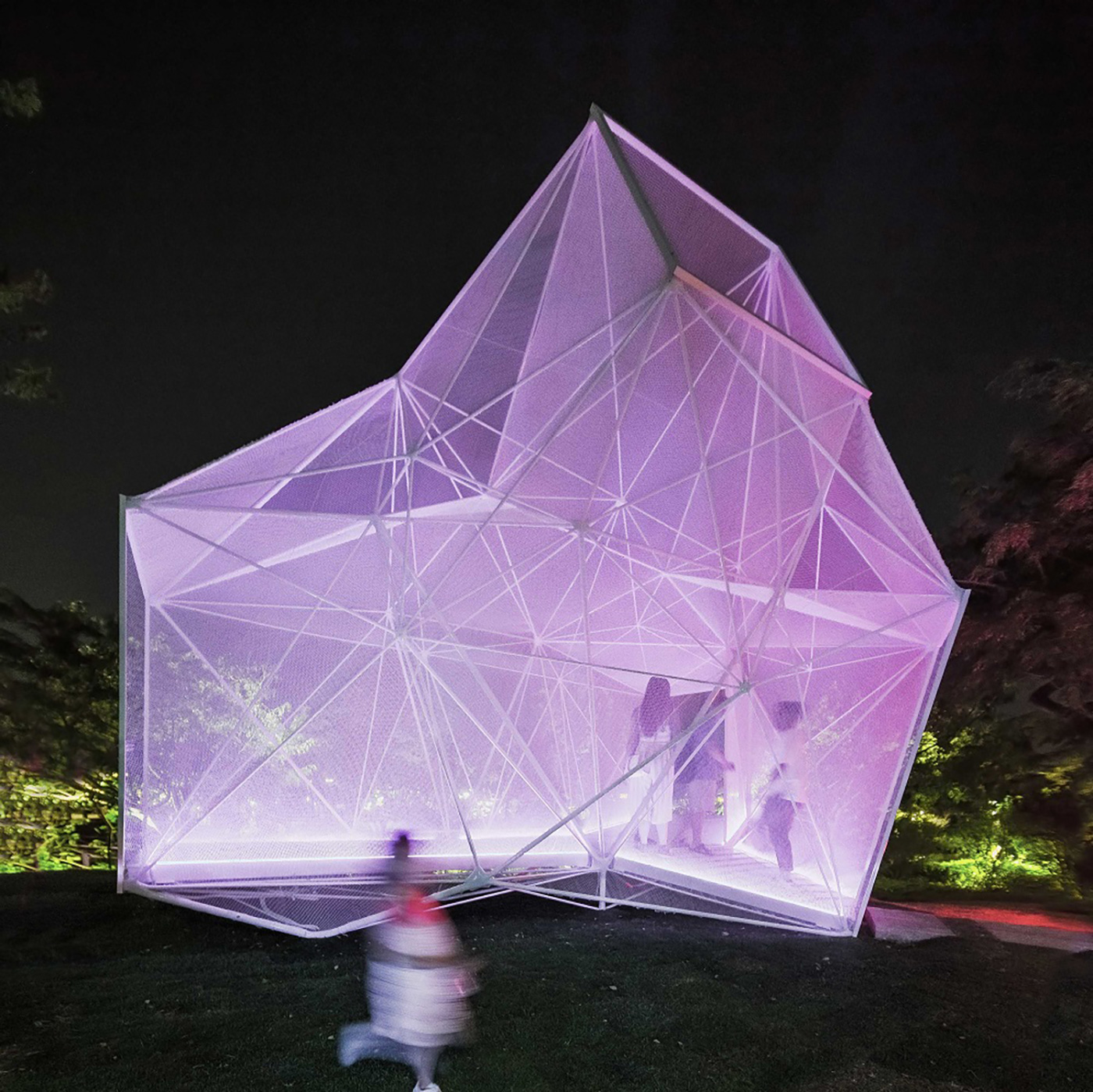
To this end, AIRLAB has also been actively working on a number of ideas to help curb the effects of this pandemic. Covid-19 has forced design firms and academia to move into digital platforms in order to continue activity. This ‘new normal’ way of teaching, of having meetings, will continue to be more widely adopted and, even when gatherings can be organized with less social-distancing restrictions, will remain mainstream. I hope that innovation and new technologies applied purposefully are adopted by the leading developers and public stakeholders, to help manufacture altogether a better and more resilient normal.
Francesca Lanzavecchia | Co-Founder of Lanzavecchia + Wai
We like to think our work blurs the boundaries between Western and Eastern cultures in a vision in which people’s needs are considered and blended with design and objects. Disabled, wellness, austerity, emotion, elderly and empathy are some of the words that describe the foundation of what we do and the creative
universe in which beauty, comfort and usefulness are in perfect balance.
One of our past projects was No Country for Old Men, a collection of domestic objects for the elderly addressing the everyday difficulties they encounter. composed of three different designs: the ‘Together canes’, ‘Assunta chair’ and ‘Monolight table lamp’.

With regard to how we go forward now, we need to digest the current situation before we can normalise things. Asia has definitely dealt with it better. It’s a contradiction but digital technology is helping us stay isolated yet connected. What I would like to see going forward is for more attention to be paid by designers and companies to the vulnerable sectors of society: children, the elderly, the disabled. These are the groups that need ideas for new products, new materials & new mindsets.

What I would like to see going forward is for more attention to be paid by designers and companies to the vulnerable sectors of society: children, the elderly, the disabled.
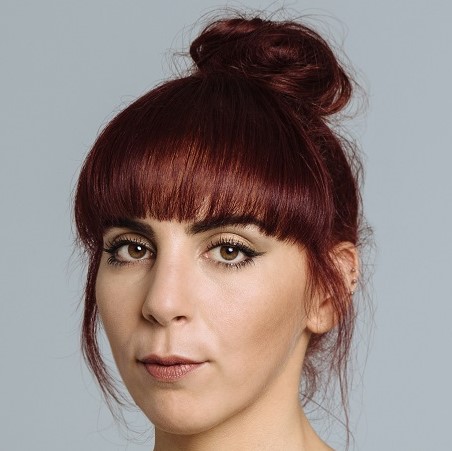
Francesca Lanzavecchia | Co-Founder of Lanzavecchia + Wai
This article was originally published on
New Design magazine



